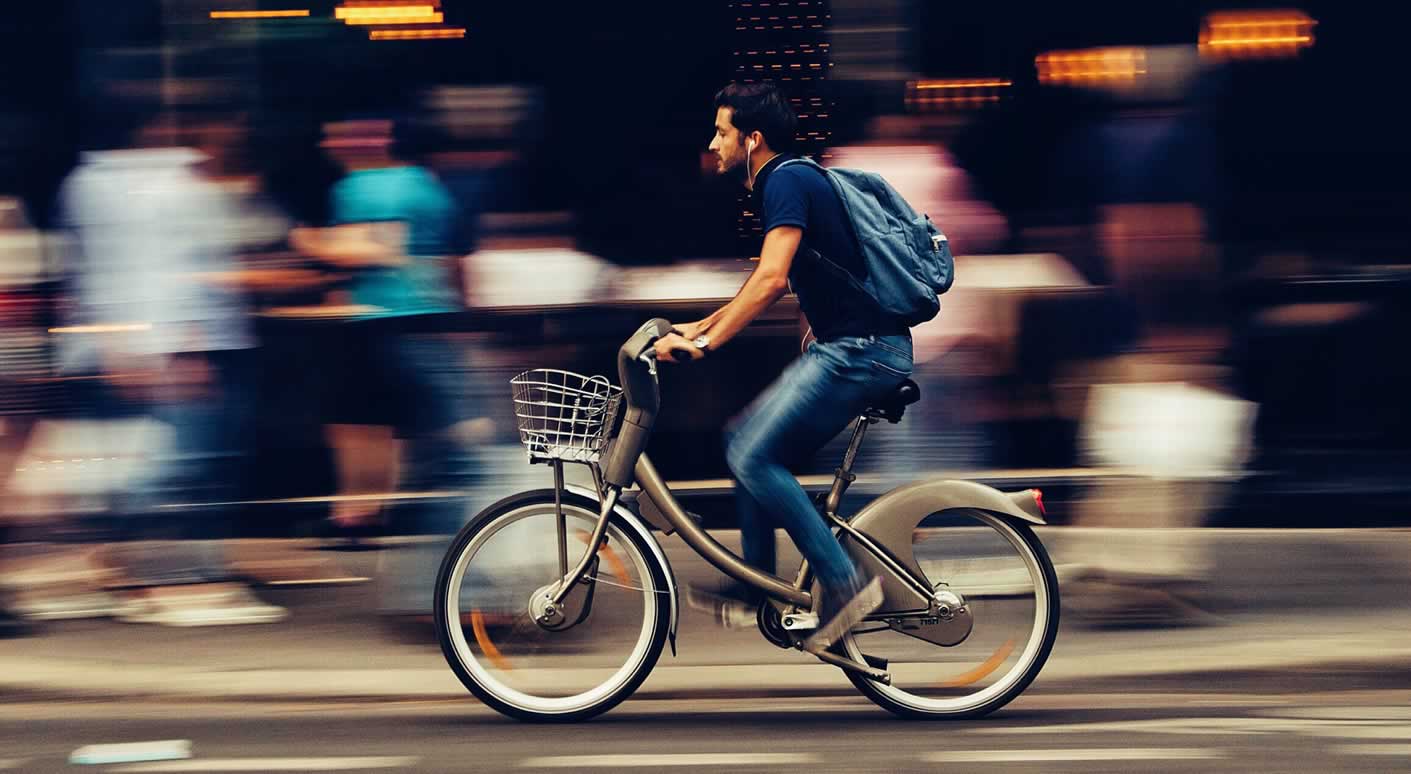An estimated 1.25 million people are killed in traffic crashes annually and injuries from traffic crashes are currently the ninth leading cause of death globally. The problem is particularly serious in the African region. Motorized traffic is also a key cause of air pollution with the emission of carbon monoxide, sulphur (IV) oxide, nitrogen oxides and other particulate matter resulting in the deaths of seven million people annually by causing health problems such as bronchitis, asthma, heart disease and brain damage.
Non-Motorized Transportation (NMT) includes all forms of travel that do not rely on an engine or motor for movement. This includes Walking, Cycling and using small wheeled transport e.g. skates, skateboards, scooters and hand carts. Commutes taken on foot or bike have benefits such as zero emissions (reduced tail-pipe emissions), are less costly, reduced traffic congestion in turn improving economic performance, improved public health and enhanced road user’s security through proper road lighting. As zero-emission modes, walking and cycling are critical efforts in reducing air pollution and greenhouse gas emissions.
Making non-motorized modes of transport viable and convenient requires balancing street spaces so that it caters for all modes transport. The physical design of streets and the provision of sidewalks, crossings and other walking infrastructure are crucial to creating a high-quality walking environment.
Cities and national governments can help create a shift in the approach to transport planning by adopting NMT strategies which should provide a vision for an improved walking and cycling environment and defined time-lined targets for achieving specific improvements in infrastructure provision (networks integration between cycling and public transport), street space management (supportive land use and spatial planning) and institutional capacity.
Interventions such as extensive systems of separate cycling and facilities, intersection modifications and priority traffic signals, traffic calming, revised traffic laws, cycle parking and trainings will go a long way in promoting safe and convenient cycling.

